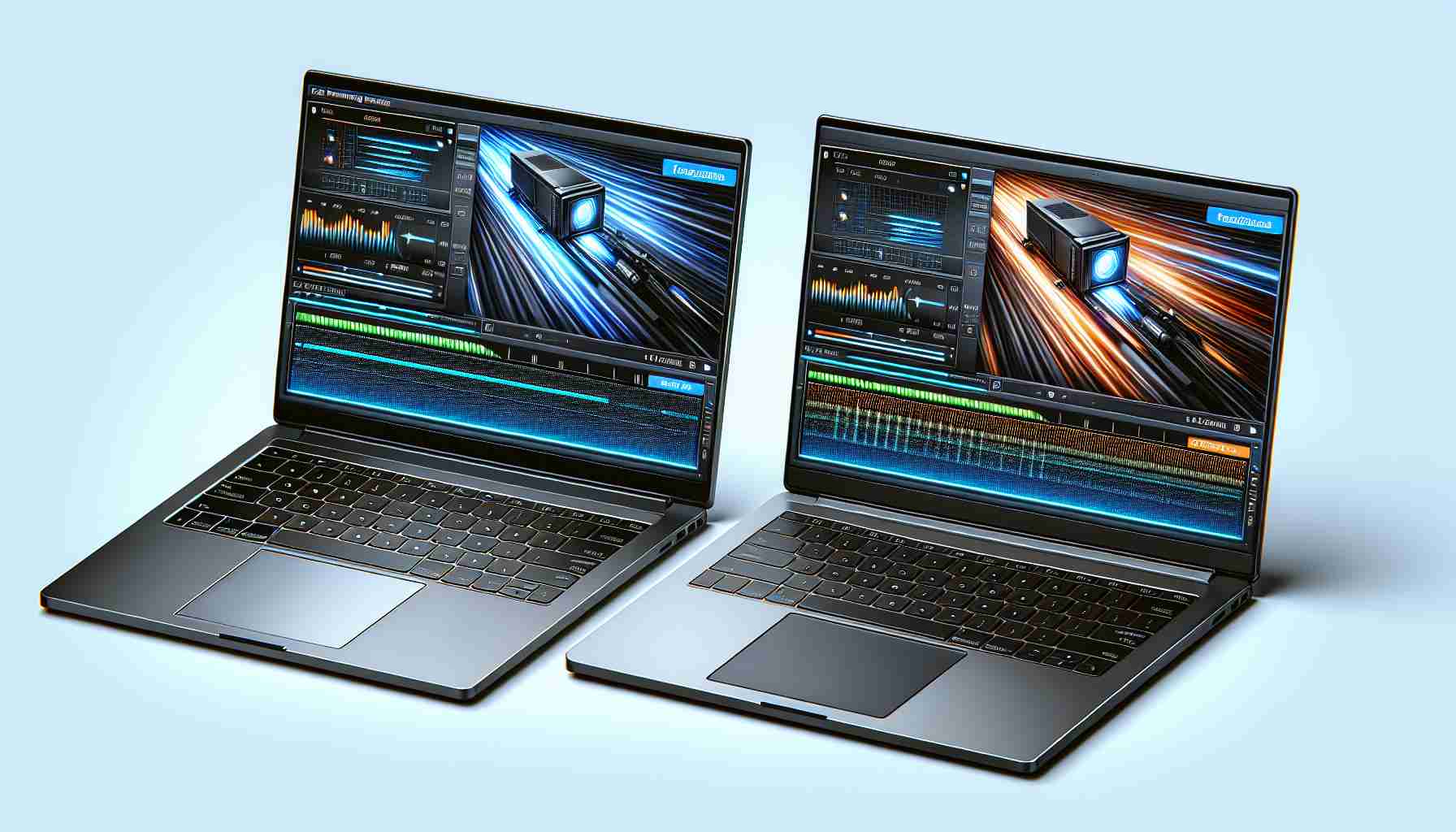After recently acquiring the latest Macbook Pro models with varying hardware specifications, a performance test was conducted to evaluate their efficiency in video rendering tasks.
The test involved utilizing Handbrake to convert a high-quality Dolby Vision file to h.265 format with specific settings. The results showcased a notable difference in rendering speed between the two models.
For the Macbook Pro equipped with the M1 Pro chip, the average frames per second (fps) during the conversion process was recorded at 56 fps when using the hardware encoder and 33 fps with the software encoder.
In comparison, the Macbook Pro featuring the M4 Pro chip demonstrated enhanced performance with average fps of 65 and 50 with the hardware and software encoders, respectively.
These findings indicate a significant 16% increase in rendering speed when utilizing the hardware encoder on the M4 Pro model as opposed to the M1 Pro. Moreover, the software encoder showed a substantial 33% boost in fps on the M4 Pro.
Overall, the test suggests that the M4 Pro model exhibits superior performance in video rendering tasks, making it a preferred choice for users seeking efficient processing capabilities.
Additional facts related to comparing the performance of the two Macbook Pro models in video rendering tasks:
– The M1 Pro chip is based on a 5nm process and has up to a 10-core CPU and a 16-core GPU.
– The M1 Pro chip offers industry-leading power efficiency and performance for a wide range of tasks.
– The M4 Pro chip is a newer iteration that is expected to provide even better performance and efficiency compared to the M1 Pro.
– Both models may have different RAM configurations, which can impact performance in demanding video rendering tasks.
– The choice between hardware and software encoders can significantly affect the efficiency and speed of video rendering processes on these Macbook Pro models.
Key questions:
1. What are the specific hardware specifications of each Macbook Pro model that can impact video rendering performance?
2. How do factors like RAM, CPU, GPU, and encoder choice influence rendering speed in video tasks on these models?
3. Are there any software optimizations or updates that can further enhance the performance of these Macbook Pro models in video rendering?
Advantages of the M4 Pro model in video rendering tasks:
– Superior rendering speed and efficiency compared to the M1 Pro model.
– Enhanced performance with both hardware and software encoders.
– Likely better future-proofing due to newer technology and architecture.
Disadvantages of the M1 Pro model in video rendering tasks:
– Lower rendering speed and efficiency compared to the M4 Pro model.
– May not offer the same level of performance optimization for intensive video tasks.
Key challenges or controversies associated with the topic:
– Comparisons between the two models may vary based on specific workflow requirements and preferences.
– The cost difference between the models may not always justify the performance gains for all users.
– Some users may prioritize other features or aspects of the Macbook Pro beyond raw rendering performance.
Suggested related link to the main domain for further information on Macbook Pro models: Apple official website



